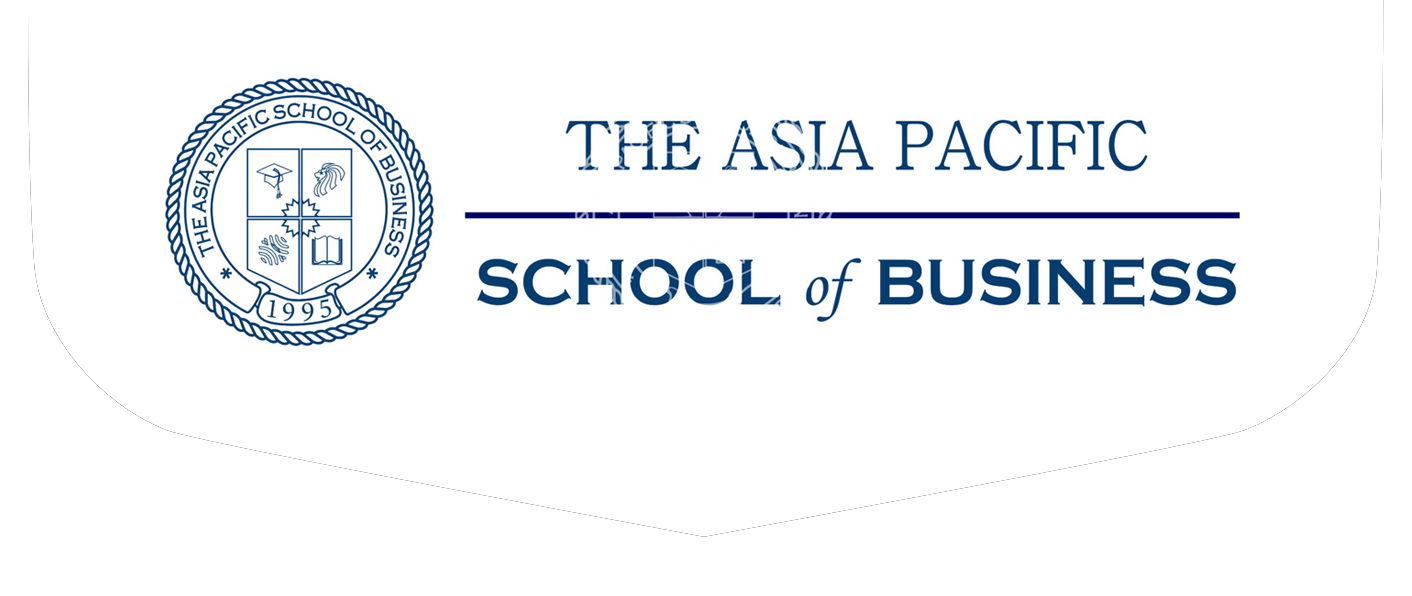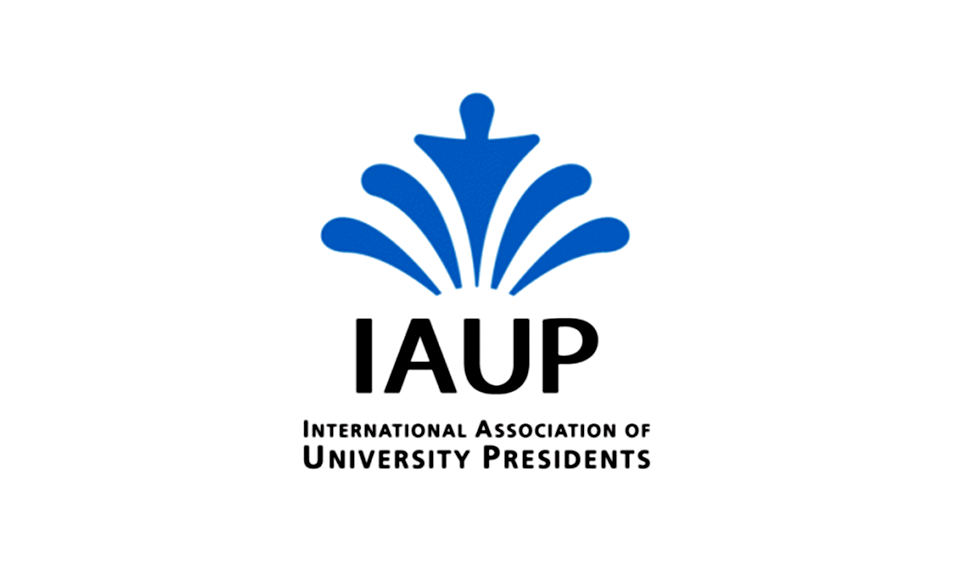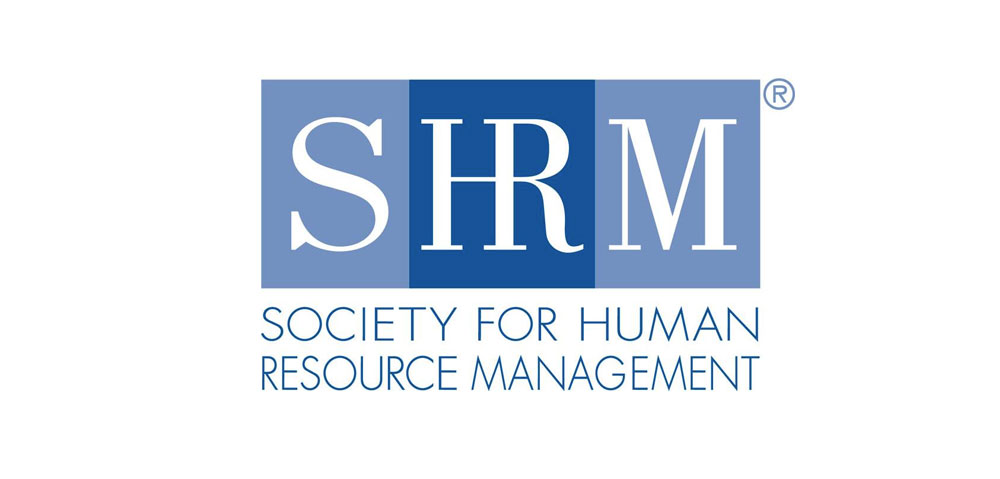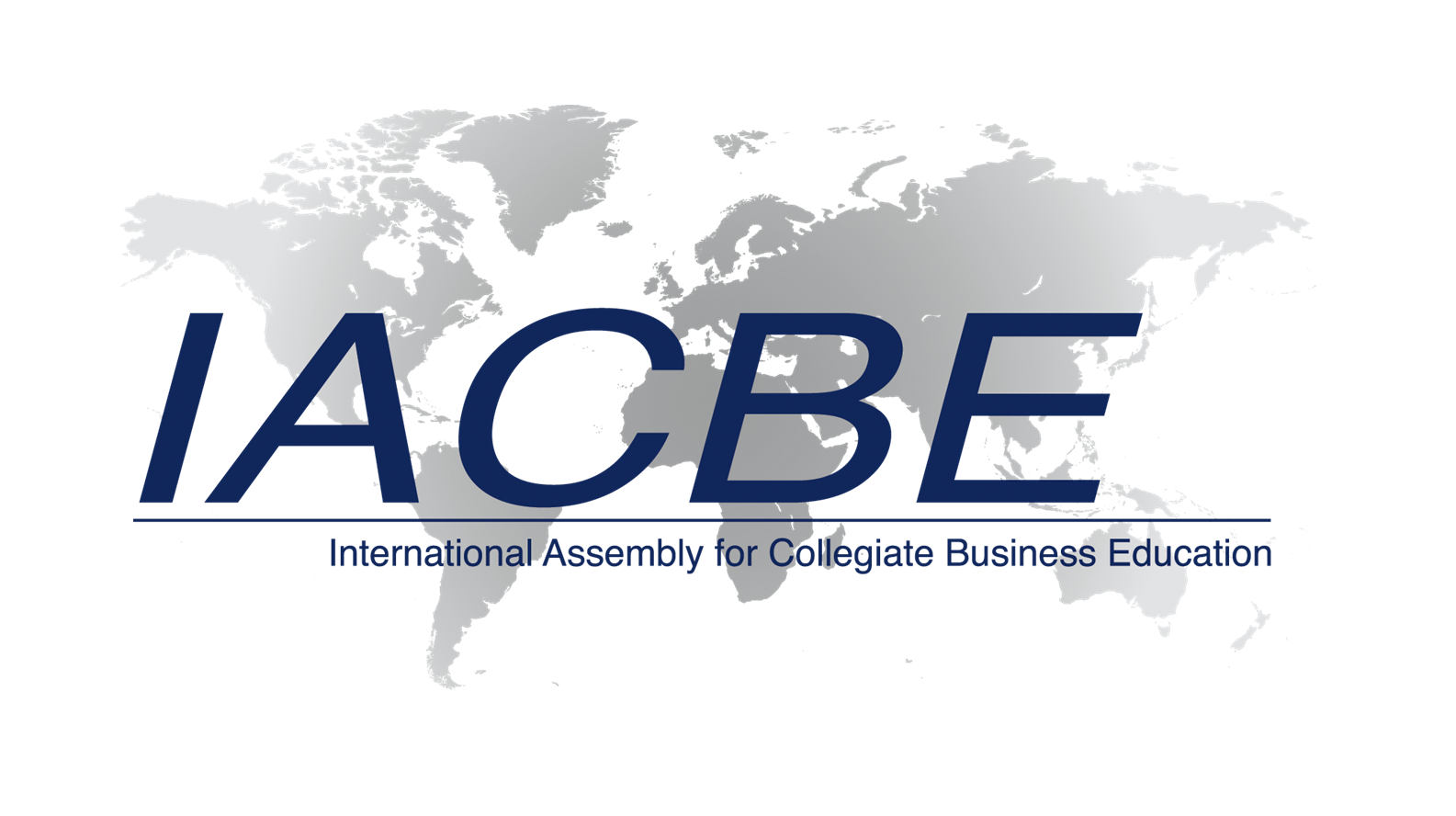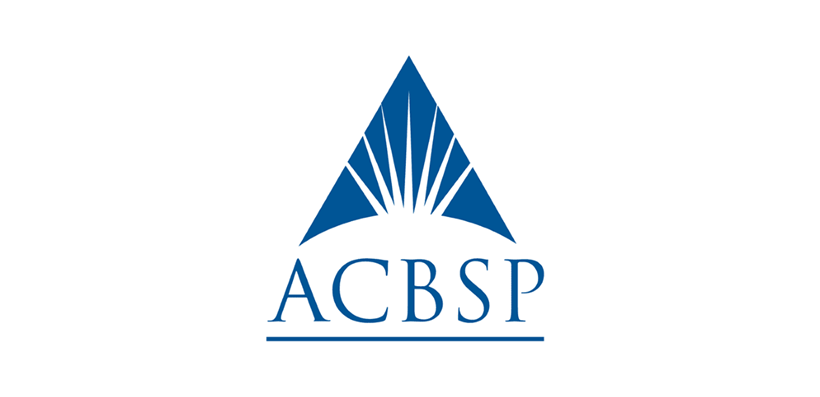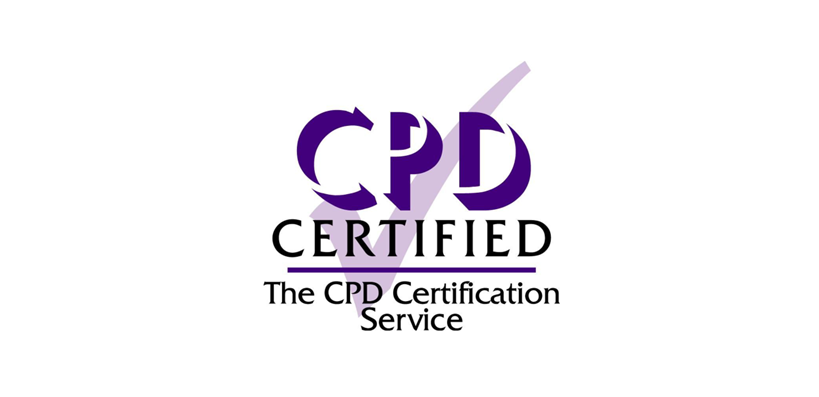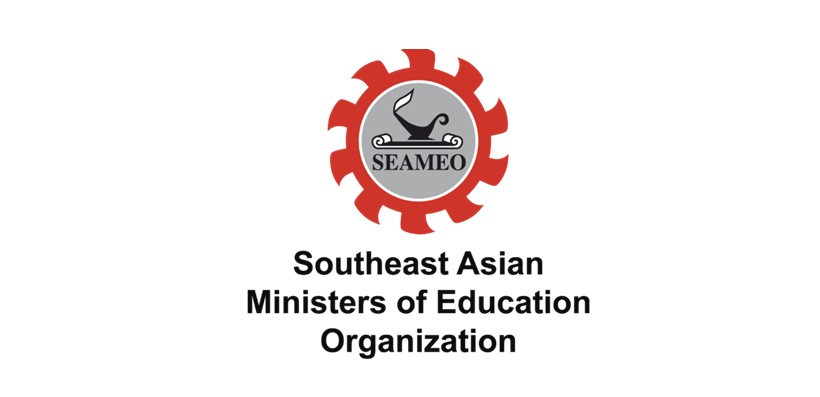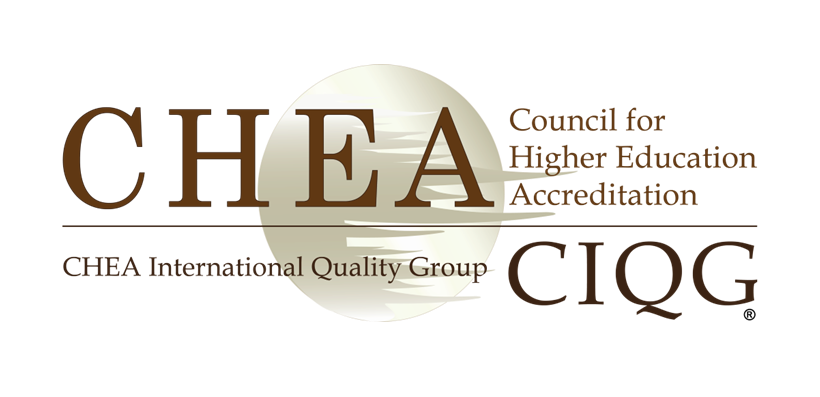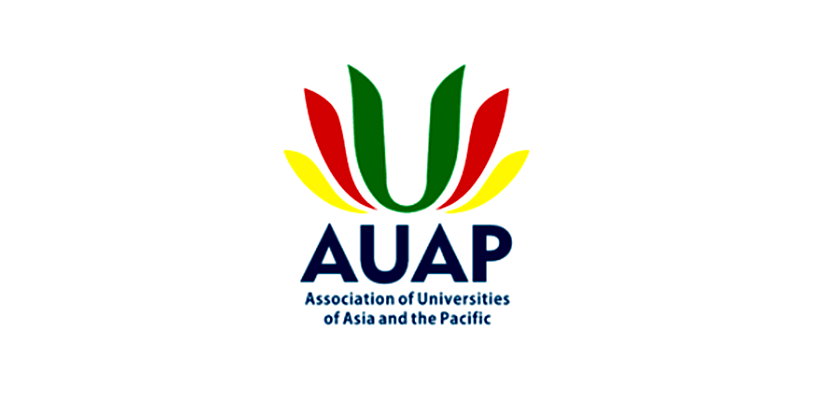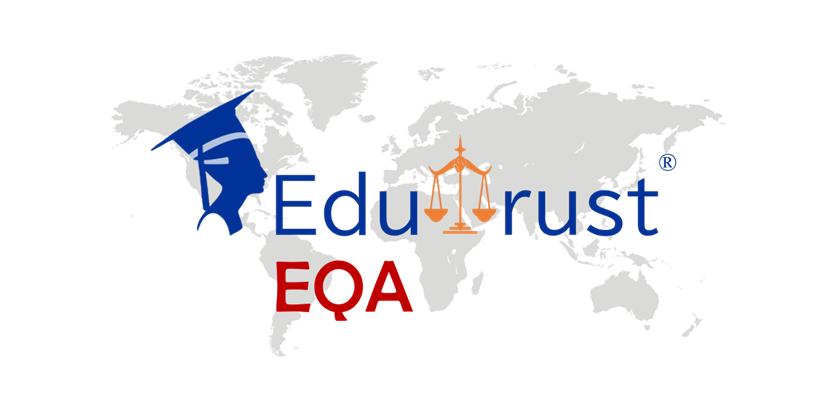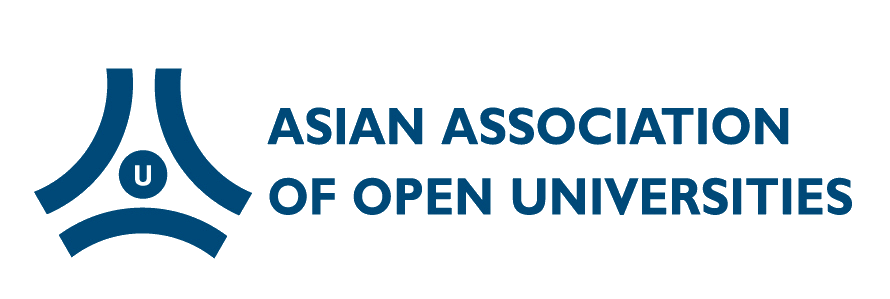College News
APSB and AUST Sign International Cooperation Agreement to Jointly Explore New Pathways for Interdisciplinary Talent Cultivation
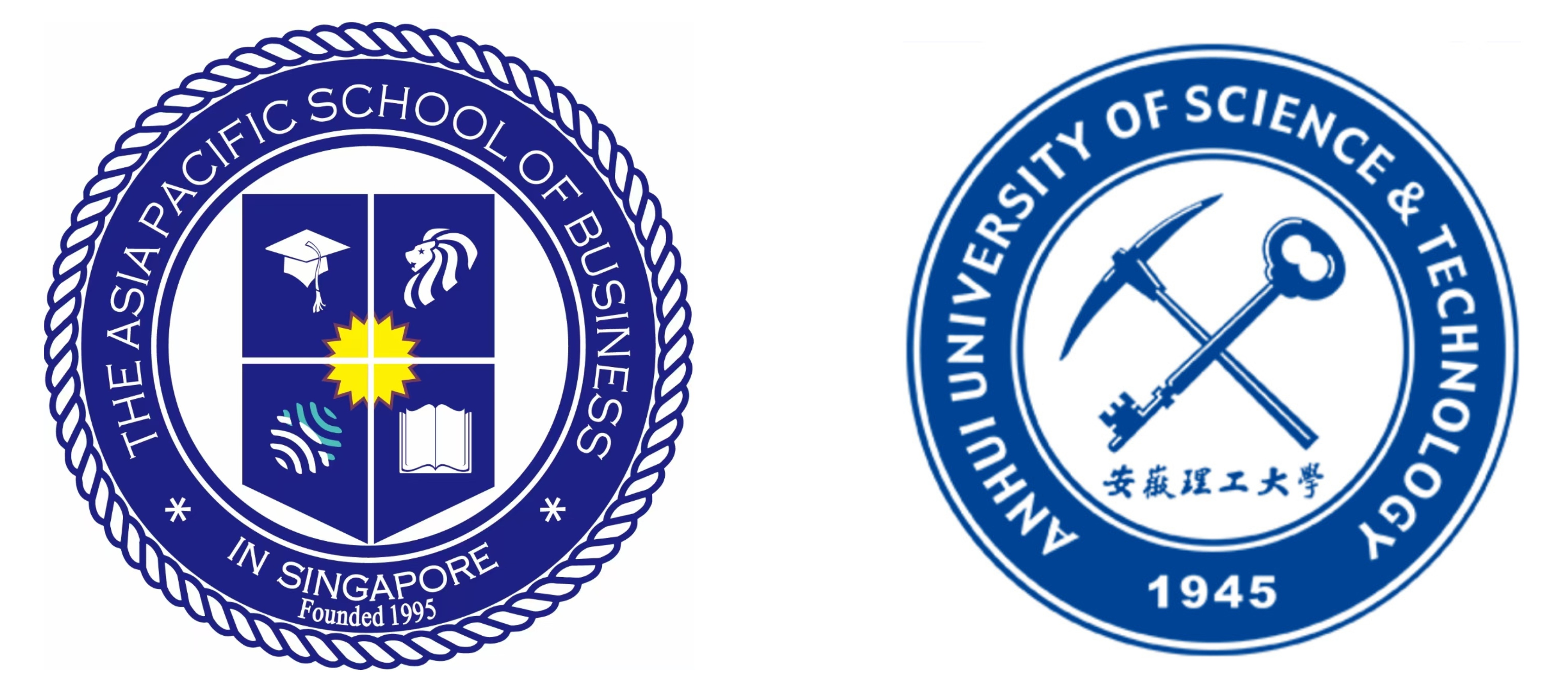
The Asia Pacific School of Business (APSB) and Anhui University of Science and Technology (AUST)
Sign International Cooperation Agreement to Jointly Explore New Pathways for Interdisciplinary Talent Cultivation
On October 20, 2025, The Asia Pacific School of Business (APSB) of Singapore and Anhui University of Science and Technology (AUST) of China formally signed a Framework Initiative for International Cooperation. This collaboration not only represents in-depth synergy between the two institutions in discipline development and talent cultivation but also embodies the distinctive integration of "engineering heritage with international business advantages" and "local practice with global perspective," opening up a new path for nurturing interdisciplinary business and technology talents.
The Asia Pacific School of Business (Singapore): An International Business Benchmark Integrating Chinese and Western Wisdom
APSB traces its roots to the Qiren Academy (Asia Pacific Management Research Center) established in 1995. It was upgraded and renamed in 1999 with the approval of Singapore’s Ministry of Education. Adhering to the educational philosophy of "Integrating Chinese and Western Wisdom, Unifying Knowledge and Practice," the school focuses on disciplines such as humanities, business, finance, emerging engineering, and management, while dedicating itself to the "blended learning" model. With the mission of "Rooted in Singapore, Inheriting Chinese Culture," APSB is committed to cultivating applied high-level talents needed in the Asia-Pacific region, especially within the Chinese cultural circle.
Its faculty and academic strength are particularly prominent: it boasts 47 doctors from internationally renowned institutions, 2 academicians, and widely engages experts from home and abroad to teach. Meanwhile, it is a member institution of more than ten international academic organizations, including the United Nations Academic Impact (UNAI), the Southeast Asian Ministers of Education Organization (SEAMEO), and the International Association of University Presidents (IAUP). It has also established cooperation mechanisms with over 200 universities and institutions in more than 20 countries worldwide. In terms of program accreditation, its management degree programs were among the first to receive international authoritative accreditations such as AMBA&BGA, ACBSP, and IACBE. It has also obtained four international education quality certifications including ISO9001:2015, aligning its teaching quality with international standards.
Anhui University of Science and Technology (China): An Application-Oriented Innovative University with a Solid Engineering Foundation
AUST is a key provincial university with distinctive high-level development in Anhui Province. It is co-constructed by Anhui Province and the Ministry of Emergency Management, and has been selected into the National Basic Capacity Building Project for Universities in Central and Western China and the Ministry of Education’s "Excellent Engineer Education and Training Program." Founded in 1945, AUST shares the same origin as Hefei University of Technology and is the first engineering university in Anhui Province. It has undergone development stages such as Huainan Coal College and Huainan Institute of Technology, and was renamed Anhui University of Science and Technology in 2002. Today, it has formed the talent cultivation characteristics of "Solid Foundation, Emphasis on Practice, Pursuit of Innovation, and High Quality."
Since its establishment, the university has cultivated over 350,000 talents of various types for the country. Five of its undergraduate alumni, including Chen Jing and Lu Bingheng, have been elected as academicians of the Chinese Academy of Engineering, demonstrating remarkable engineering strength and achievements in applied talent cultivation. In the field of international cooperation, AUST has established stable partnerships with more than 70 overseas universities and research institutions in countries such as the United States, Germany, and Singapore. Currently, it has international students from 32 countries pursuing doctoral and master’s degrees, with rich experience in internationalized education.
Collaborative Efforts in Multiple Fields to Build a "Matrix" for Talent Cultivation
Based on the characteristics of the two institutions, this collaboration achieves precise complementarity in areas such as curriculum development, discipline construction, teaching innovation, two-way student exchange, and joint cultivation. This enables the coverage of diverse disciplines and specialties, including:
- Business Administration: MBA, Corporate Management, Marketing;
- Applied Economics: Industrial Economics, Regional Economics;
- International Finance: Financial Engineering, Investment Analysis;
- Modern Logistics: Supply Chain Management, Smart Logistics;
- Engineering: Computer Technology, Artificial Intelligence.
Through a multi-level joint cultivation model, the two parties will launch diversified talent cultivation pathways covering the full spectrum of education from language students to doctoral candidates:
- Commissioned cultivation of language students;
- Undergraduate "2+2", "1+3", and "0+4" dual-degree programs;
- Master’s degree "1+1+1" and "1+2" joint cultivation programs;
- Joint doctoral cultivation.
Innovating Cultivation Programs to Create a Characteristic Curriculum Ecosystem and Practice-Driven Dual-Wheel Model
Joint Curriculum System Development
The two institutions will jointly develop 6 core courses such as "Analysis of the Chinese Business Environment," build a demonstration case database on "Yangtze River Delta Industrial Economy," and offer thematic module courses on "the Belt and Road" economic and trade cooperation. This achieves in-depth integration of international curriculum resources with regional economic research.
Innovative Practical Teaching
A "Hefei Port Logistics Management" practice base will be established, and practical training programs such as "Transnational Enterprise Simulation Operation" and "Fintech Innovation" workshops will be launched to enhance students’ application capabilities through real-world scenarios.
Dual-Mentor System Empowering Growth
Academic mentors will be jointly appointed by professors from both universities, while industry mentors will be recruited from senior executives of leading enterprises in both regions. This realizes two-way empowerment of academic research and industry practice. A joint teaching committee will implement dual assessment of curriculum quality. Combining APSB’s experience in international accreditation with AUST’s engineering education standards, a quality system emphasizing both internationalization and localization will be built, creating a bridge for students to grow from theory to industry practice.
Characteristic Integration Creating Value, International Education Embarking on a New Chapter
This collaboration aligns with APSB’s school-running strategy of "Integrating into the Chinese Cultural Circle" and AUST’s development plan of "Expanding International Cooperation." On one hand, APSB’s international resources will inject an international business gene into AUST. On the other hand, AUST’s engineering heritage and local industrial resources will provide practical scenarios for APSB’s talent cultivation.
In the future, the two universities will focus on cultivating "interdisciplinary business and technology talents," and continue to deepen curriculum co-construction, faculty exchange, and scientific research cooperation. This will not only provide talents for economic and trade as well as industrial cooperation between the Yangtze River Delta and Singapore but also explore a new model for international educational cooperation in the cross-border integration of "engineering + business," contributing to the integrated development of higher education in the Asia-Pacific region and the intellectual output for the Belt and Road Initiative.
I can further refine the translation of specific sections, such as the detailed descriptions of academic certifications or talent cultivation models, to make the terminology more consistent with international academic norms. Would you like me to polish the key terms glossary for this cooperation document to ensure uniform translation of core concepts throughout the text?
Links to authoritative Chinese media reports:
https://www.163.com/dy/article/KCKOP4L30530MV8T.html
https://www.sohu.com/a/947073158_121678542
https://www.163.com/dy/article/KCKQGNTT0516TV4R.html
https://baby.ifeng.com/c/8ni2XDFxzCl
https://news.sina.com.cn/sx/2025-10-24/detail-infuyeru7124872.shtml
Links to authoritative reports from Chinese national and central media:
https://news.sina.com.cn/sx/2025-10-24/detail-infuyeru7124872.shtml
